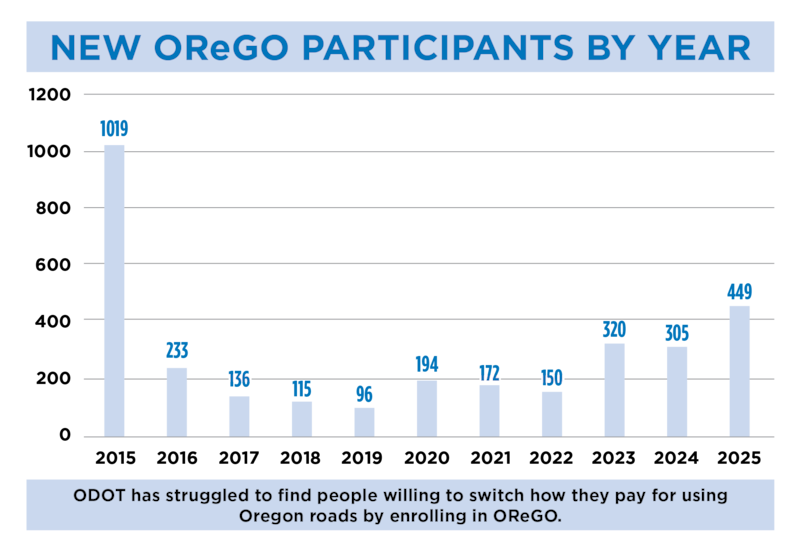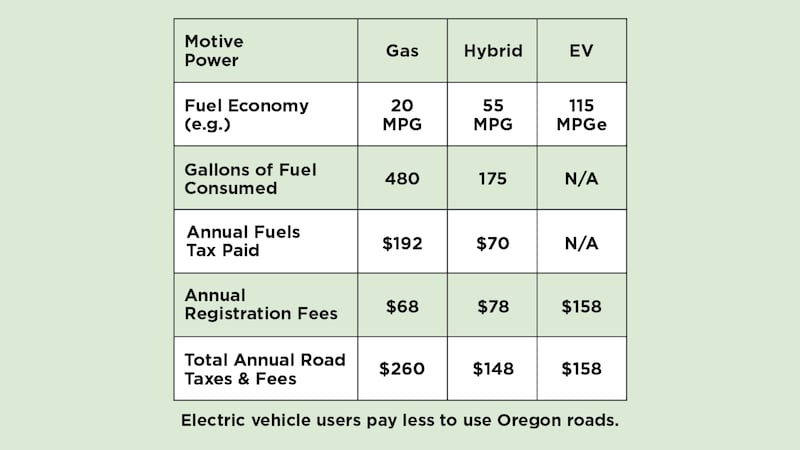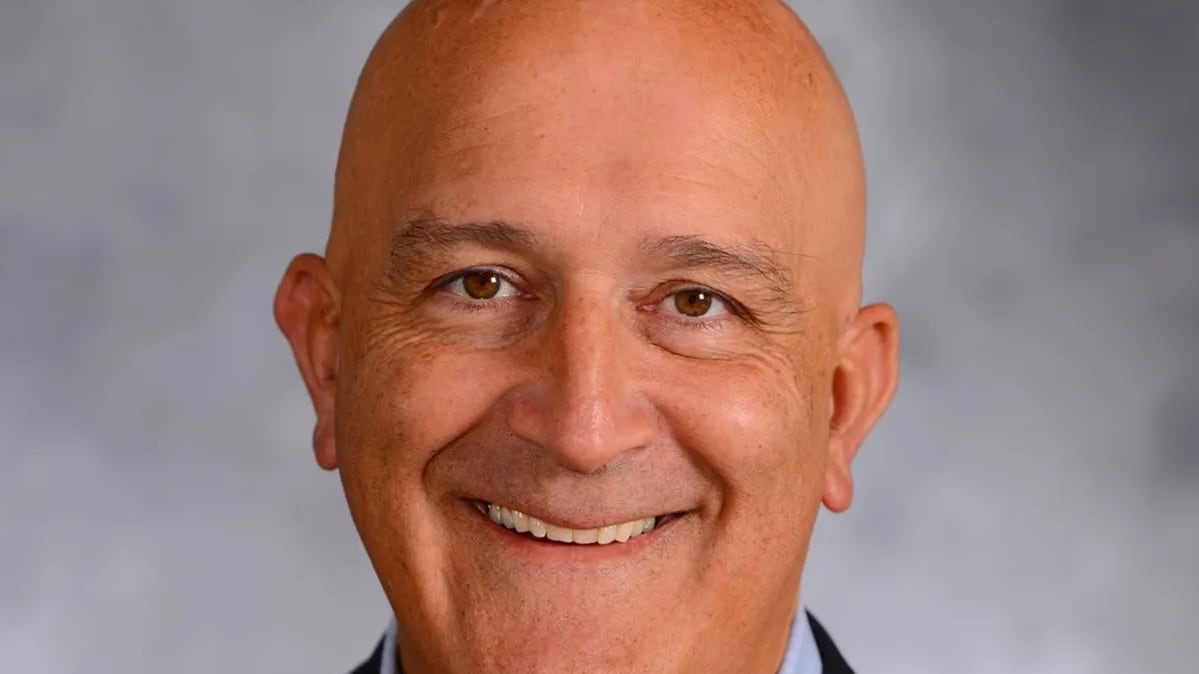On March 25, the Legislature’s Joint Committee on Transportation discussed two related problems that could turn its future into roadkill.
First, the Oregon Department of Transportation’s budget calls for spending far in excess of projected revenue. What’s more, ODOT overrelies on revenue from the gas tax, which is vulnerable to inflation, greater fuel efficiency, and the rise of electric vehicles (whose owners don’t pay the gas tax).
It’s not a new problem, as Transportation Committee vice chairman Sen. Bruce Starr (R-Dundee) noted last week. Back in the 2001 session, Starr was part of a group that recognized ODOT would one day be in the spot it’s in today: hostage to a tax that will become obsolete. That year, Starr and his colleagues formed the Road User Fee Task Force, which still exists.
That group gave birth to Oregon’s first-in-the-nation pilot program to charge drivers by the mile, using mileage counters in their vehicles. The program, OReGO, has won national recognition since it went live in 2015. The problem is, the voluntary program has never attracted many participants: 3,189 over the past decade, according to ODOT, of whom just 788 are enrolled today.

The tiny number of users means OReGO brings in almost no money—and because its contractors can only spread their fixed costs out over a few vehicles, administration consumes about 40% of the revenue, a bite that lawmakers and state finance officials say must come down sharply if the program grows.
Starr is focused on a significant portion of motorists he thinks should be enrolled in OReGO: owners of the 107,825 electric vehicles on Oregon’s roads.
He notes an ODOT task force finding last year that EV drivers pay less to use Oregon roads than owners of conventional internal combustion vehicles. That may reflect a desire to subsidize electrification, Starr says, but it ignores the wear and tear that electric vehicles put on roads (their batteries are very heavy) and places an additional burden on conventional vehicles.
Here’s a comparison, based on the average number of miles a typical Oregon motorist drives:

Starr says he’s not sure when he and his colleagues will have a plan and the support to pass a funding package for ODOT, but he wants that legislation to beef up OReGO—and level the playing field.
“EV drivers aren’t paying their fair share,” Starr says. “I believe that they should, and we have a tool in OReGO that could cause them to do that.”
This story was produced by the Oregon Journalism Project, a nonprofit newsroom covering rural Oregon.
